Disclaimer: I received a FREE copy of this product through the HOMESCHOOL REVIEW CREW in exchange for my honest review. I was not required to write a positive review nor was I compensated in any other way.
Do you know the early history of the U. S. Coast Guard? I didn’t until a short time ago. Over the past several weeks, my kids and I have been learning all about it with Rebecca Locklear’s book Exploring the U.S. Life-Saving Service 1878-1915: 17 Student Workshops with 120 Activities. We have been having so much fun learning about maritime rescues.
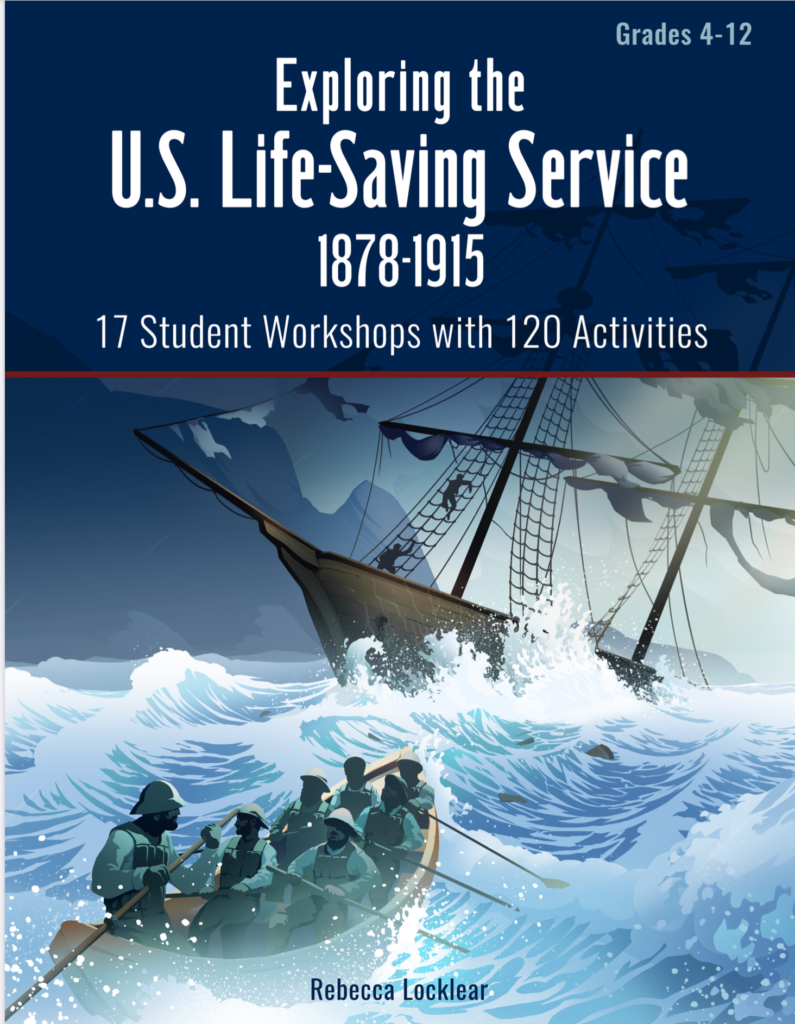
Exploring the U.S. Life-Saving Service 1878-1915- Maritime Rescues
For this review, I received an ebook copy of the book. The book goes over the early history of the U.S. Coast Guard which was the U.S. Life-Saving Service.
The book contains:
- Introduction for Teachers
- Introductory Workshop
- Workshops (4 Units)
- Expanding the Life-Saving Vision through the Arts
- Research Areas Relating to the U.S. Life-Saving Service
- Appendix 1 & 2
- Glossary
- Sources
- Acknowledgements
It is thorough. Ms. Locklear provides all the information you need to teach kids about early maritime rescues.
Workshops
The U.S. Life-Saving Service book starts with an Introductory Workshop. It gives a good overview of life-saving stations, the people, daily work, training, and more. Throughout this workshop, and the whole book, there are old pictures. These pictures are a great way to bring history to life.
Once you have completed the Introductory Workshop, there are four other workshops. Each goes more in-depth in different parts of the Life-Saving Service.
The other workshops are:
- Life at the Station House
- Working Together
- The Culture and Character
- Relevance Today
Each unit is broken down into further topics. Kids learn information through group work, discussions, and fun activities (hands-on and interactive).
Exploring through the Arts
If you have kids that enjoy the arts, they will love this section. Here you can find a wide variety of art projects like painting, collages, and greeting cards. Kids can also find songs to learn, too. Each activity relates to the different units.
Research
The research section has many ideas on how to expand learning. You can do further research on knots, hunting, badges, boats, and many more topics. They are all related to maritime rescues in some way.
How We Used the Exploring Life-Saving Service Book
For this review, we decided to work on Unit 2: Working Together at the Station. This unit worked on:
- Ships and Signals
- Beach Patrol
- Rescues with Boats
- Rescue Scenarios: Live or Die
- ”The Survivor” and Medicine Chest
Working Through the Unit
We had a lot of fun with this. The kids studied four types of ships the surfmen may have seen from shore. They needed to come up with key characteristics that would help them recognize the ship from a distance. Then kids were put to the test. They had to try and name the type of ship from the pictures I showed them while standing 10-15 feet away. Boy, this was more challenging than they thought. I wouldn’t want to rely on my kids for ship identification.
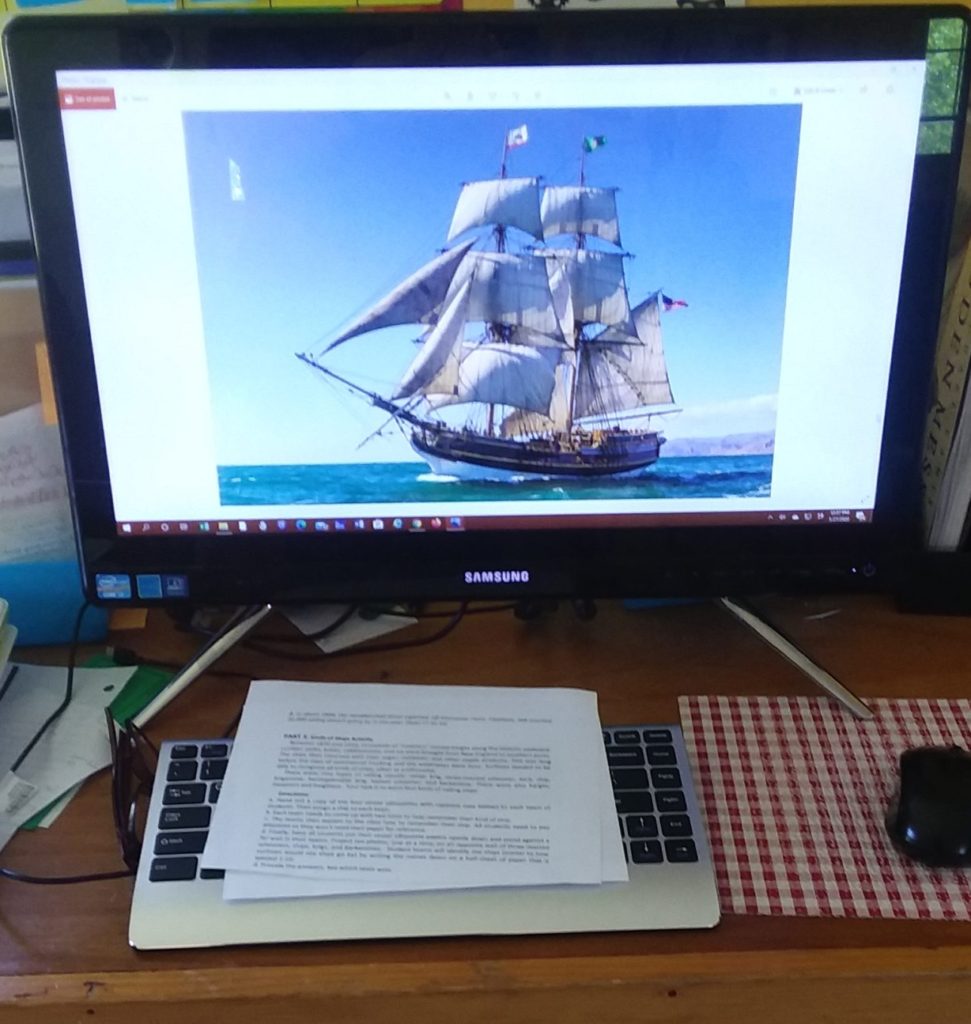
Next, we learned how the rescuers and crew members signaled and communicated with each other when a ship was in trouble. The activity had kids practice signaling messages with flags as they would have.
Some of the other things we learned were what beach patrol was like and how rescues were done in boats. It was interesting to see how hard these people worked and how tough their job was.
One of our favorite things was the Rescue Scenarios: Live or Die. The kids were given real-life rescue scenarios from the past. Kids needed to decide whether they thought the people survived or died in the rescue. It was fascinating reading all the different scenarios and hearing why people survived or died in each instance.
The last part of this unit was a play and looking at what the surfmen might have had in their medicine chests. The play helped kids understand what would happen to survivors after a rescue. The medicine chest activity showed kids the types of medicines they would have used to help those they rescued. The kids found this quite interesting.
Art Project
As part of our study, we decided to do one of the art projects. We did the rock painting project. I painted a symbol related to the U.S. Life-Saving Service while the kids painted symbols that represented the character of the surfmen.
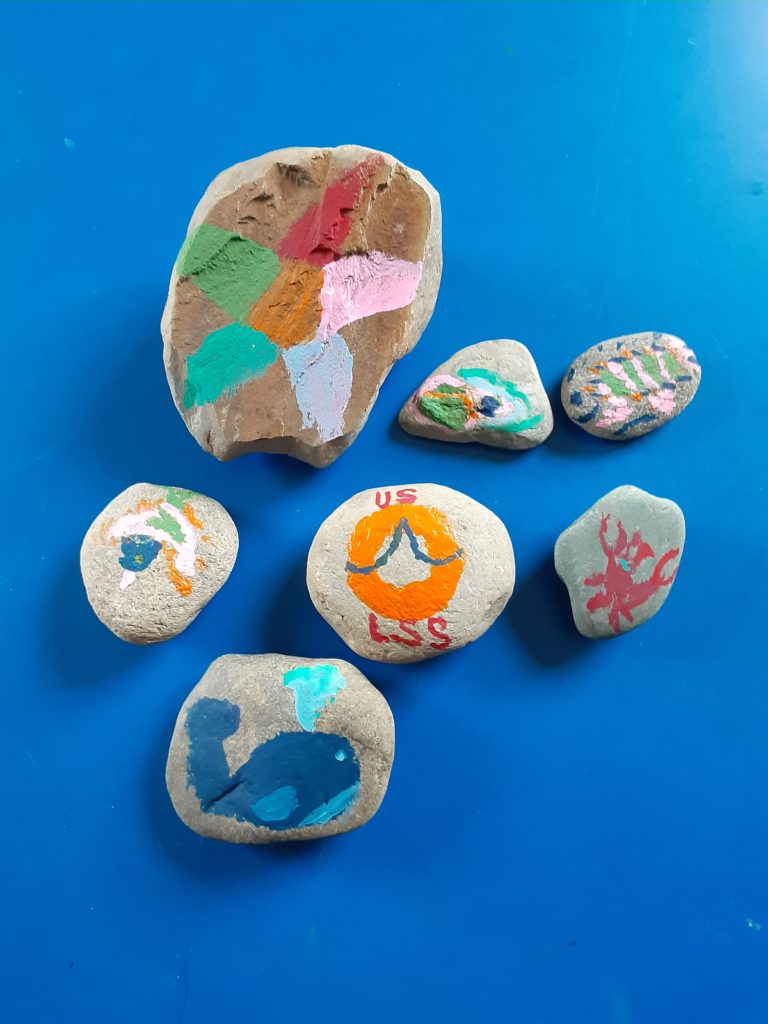
Future Plans
Now that we have finished Unit 2, we will do some of the other units. When our scout troop can get back to meetings, I will do Unit 4: Relevance Today with them. In this unit, kids learn important survival skills that are very relevant to scouting.
We are on the lookout in our home state for former Life-Saving Stations. My kids were fortunate to find one while out fishing with their grandfather. We are going to try and find some of the others.
A Great Maritime Rescue Resource
I can honestly say I never would have thought of studying the U.S. Life-Saving Service. However, I’m glad we were introduced to this book. We enjoyed it a lot.
The real pictures from the U.S. Life-Saving Service throughout the book are great. It makes the topic even more real and interesting to kids.
Another thing I like about the book is how the units are set up. At the beginning of each unit, you are given the objectives and materials for that section. I, also, love how each unit has engaging activities. Kids don’t just sit and listen to information. They are actively discussing and doing activities to learn about the Life-Saving Service.
Rebecca Locklear has other books, too. She has other history, drama, music, and English books. I would encourage you to go to her site and sign up for her newsletter. You can keep in touch and learn about her products. I’m impressed with how hands-on and interactive her books are. Check it out.
We loved this book. Other families reviewed this book and others by Rebecca Locklear. Click the banner below to read what others thought.

Happy Homeschooling!
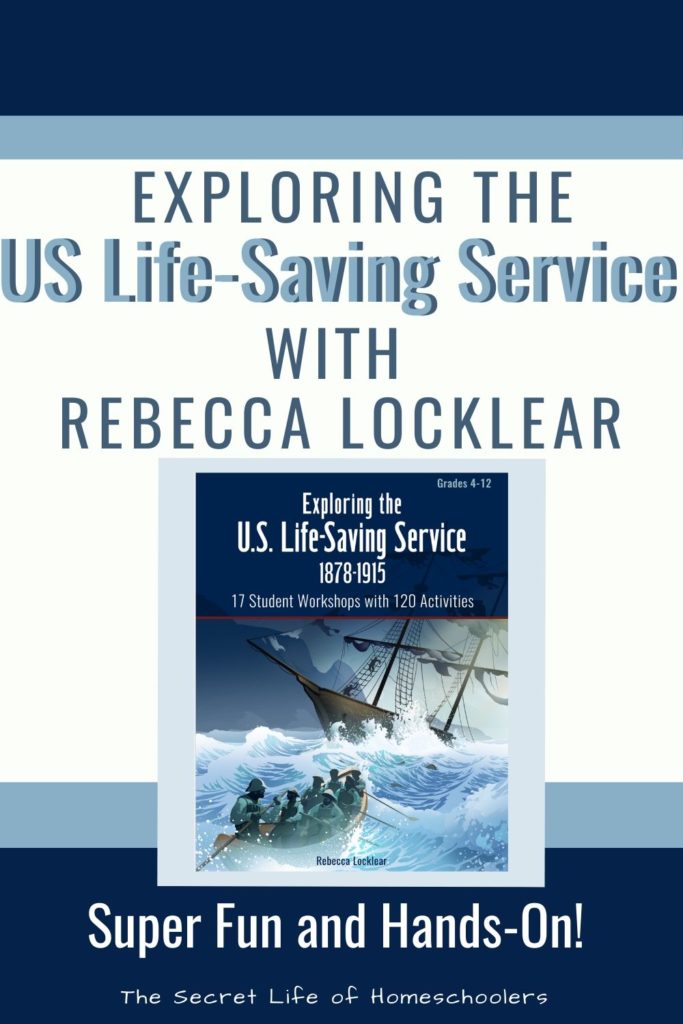
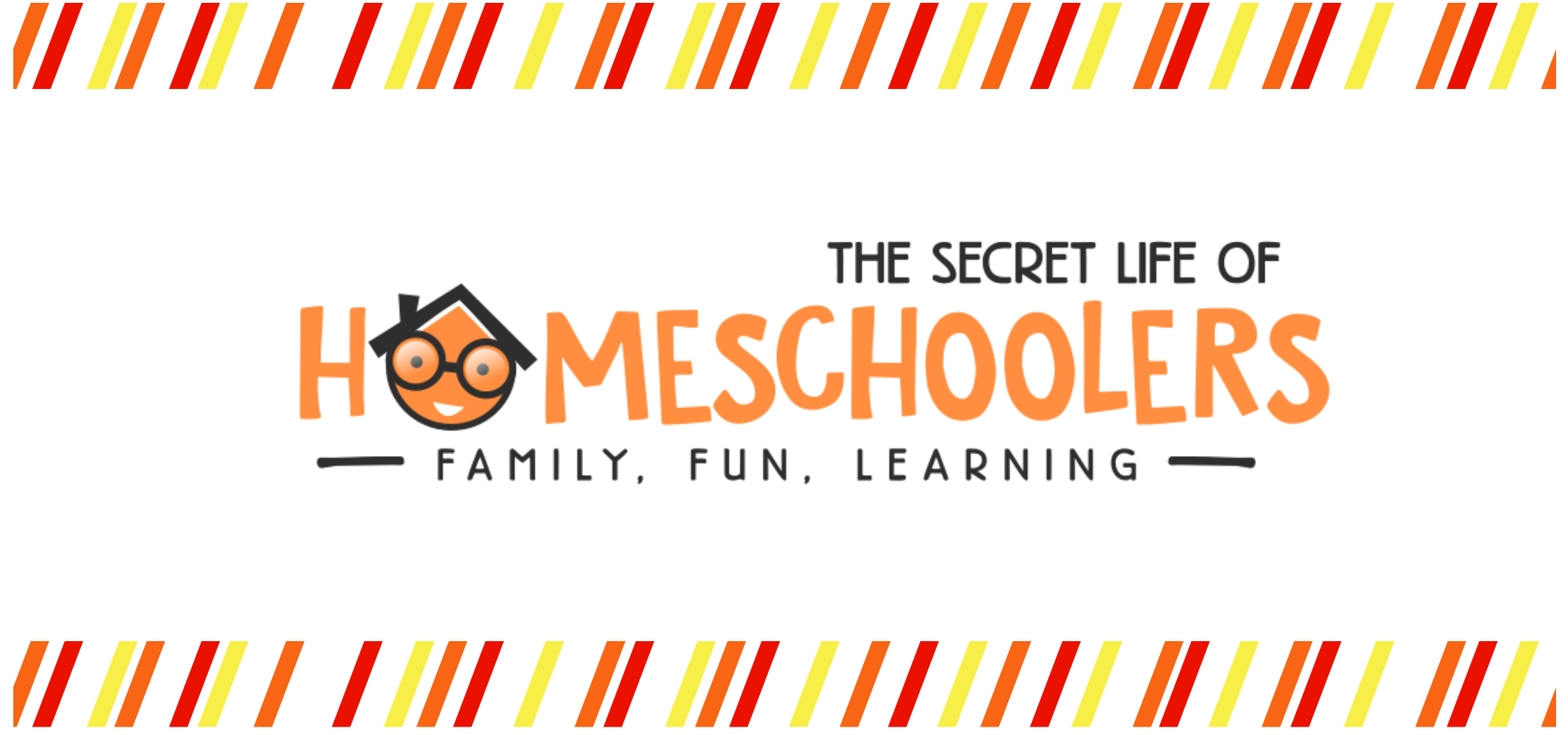

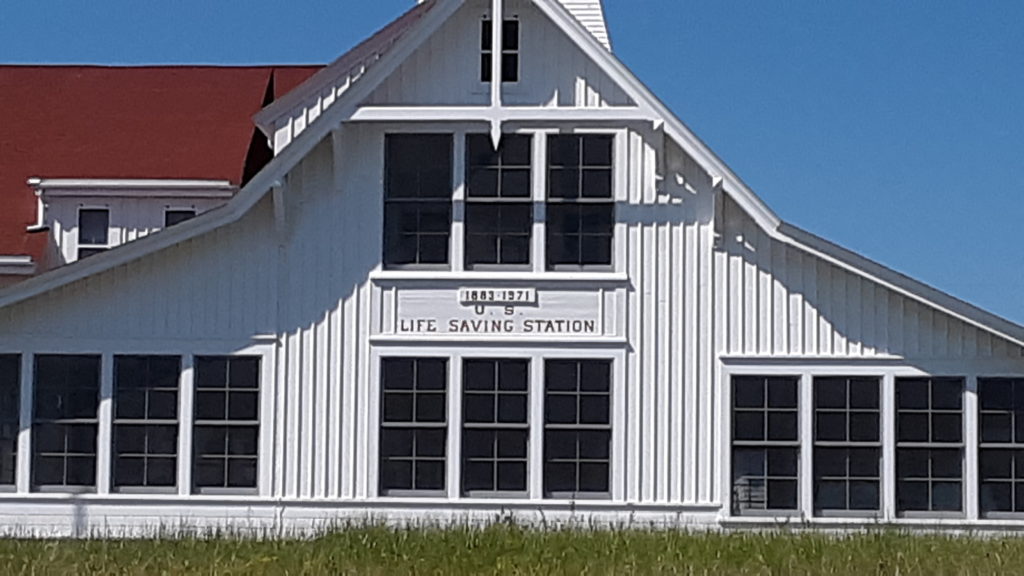
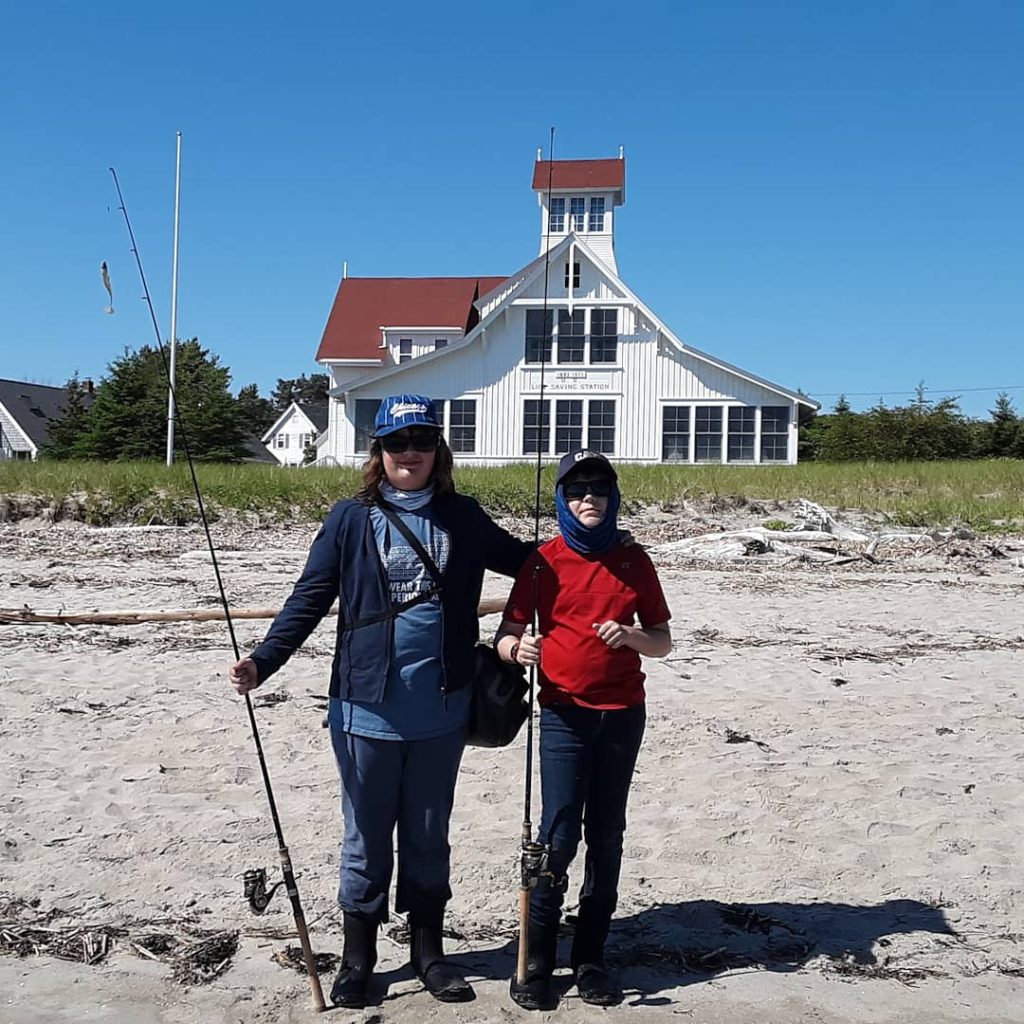
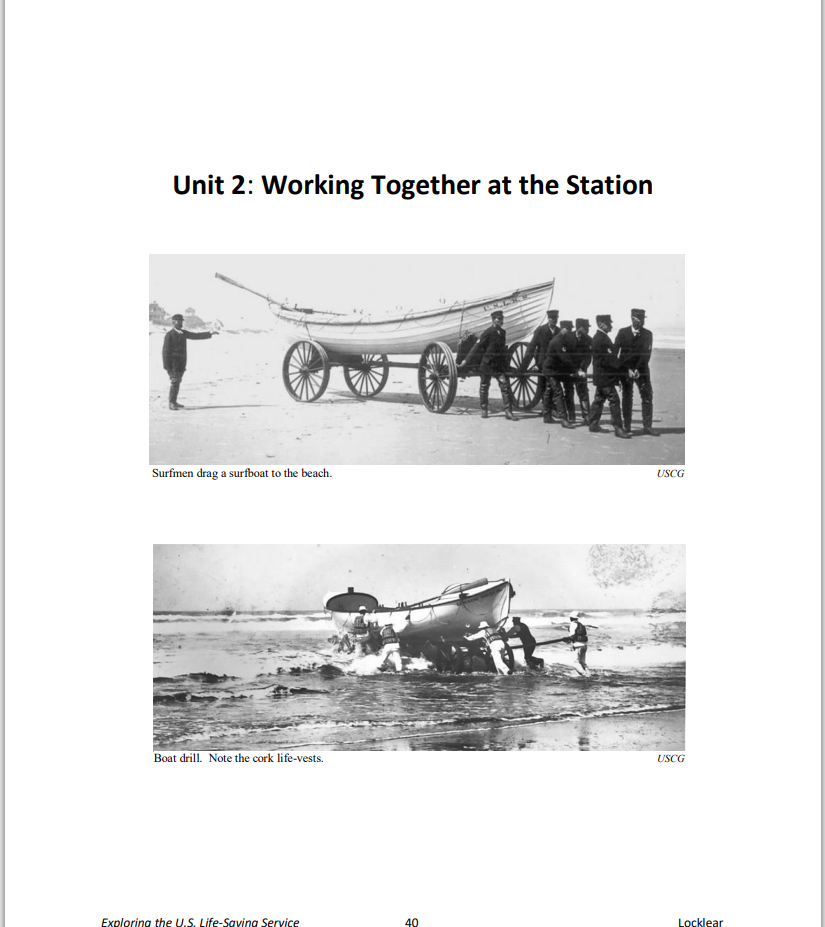
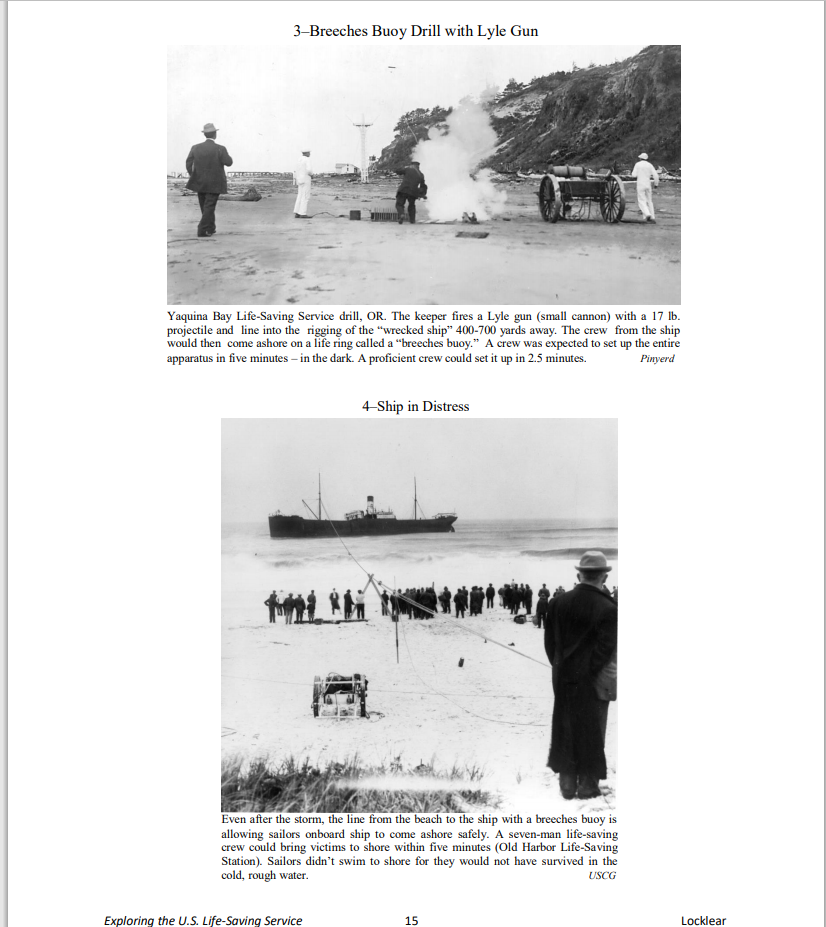
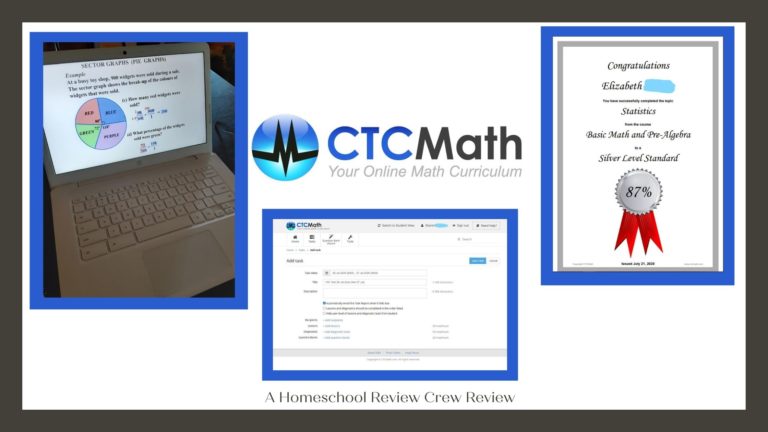
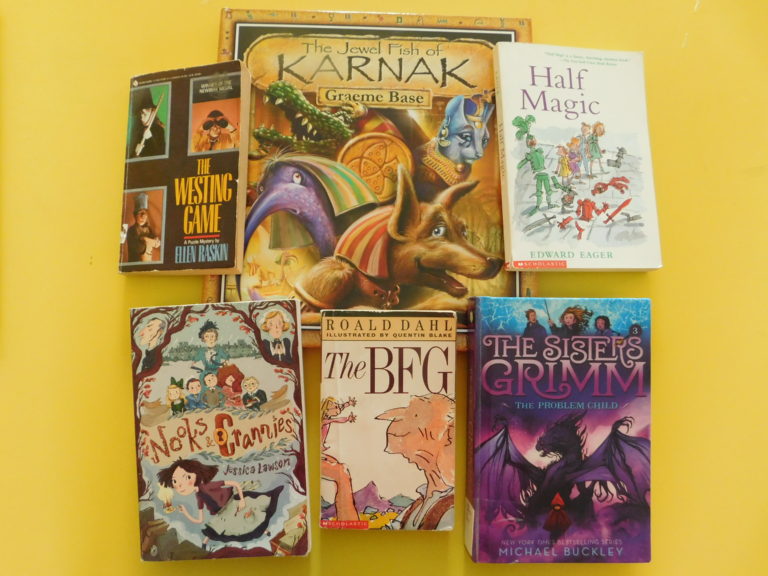

I really liked hearing about the unit you guys focused upon. I would have loved reading about the rescue scenarios. When I was young, I loved those choose your own adventure books and the ones that told you about real life disaster occurrences. The art work turned out so beautiful!
Thank you! The rescue scenario part WAS really fun. It was my daughter’s favorite.
Pingback: Reviews for U.S. Life-Saving Service Unit Study! – Rebecca Locklear